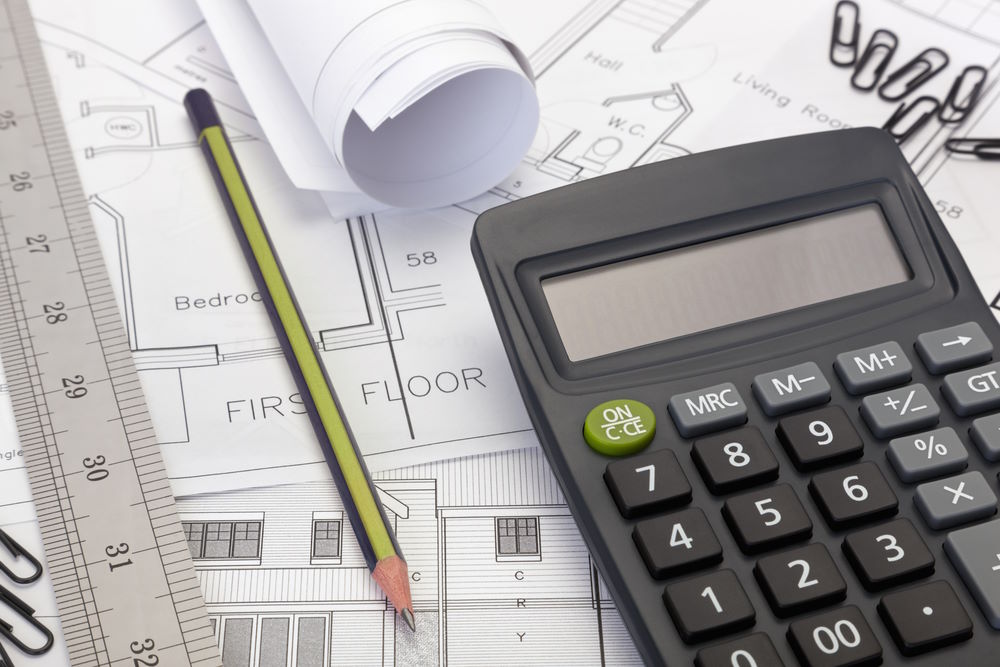How Much Do Metal Buildings Cost?

In recent years, metal buildings have become very popular due to their durability, flexibility, and budget cost. Many factors may alter the final figure, however. Efficient management of these variables is essential for making budgets and decisions with full information.
Factors Affecting Costs of Metal Buildings
- Size and Design: This is the most apparent factor. Larger buildings require more materials and labor, which adds to costs. Similarly, an elaborate plan with custom items and no straight lines here or there is going cost more than a simpler structure.
- Materials: Steel is the main material for metal buildings, but it prices have been known to fluctuate along with the market. On top of that, what kind of steel (e.g., galvanized, stainless) and gauge (thickness) add in costs too.
- Roofing and Siding: Metal roofs and siding are commonly used, but there is a confusing array of choices. For example, a metal roof with standing seams will cost more than one having corrugated metal roofs, insulated panels upfront are a greater outlay and return longer-term benefits.
- Foundation: The kind of foundation (for example, a concrete slab the costs are considerable or preparation of a piers Unit might be required) could decide how much it costs. Costs will increase if it turns out that a lot of land needs grading or soil remediation has to be carried out.
- Insulation: Even though it is not a requirement, insulation is highly recommended for indoor climate control and energy saving. The type and thickness of insulation selected will affect overall cost.
- Doors and Windows: The number, size and quality of doors and windows determine costs. At the time of purchase, energy-efficient options can be more expensive but save money over time.
- Labor: Labor costs are determined by the complexity of the work, local labor rates and, to some extent, the skill and reputation of the chosen contractor.
- Location: Building codes and regulations vary by area so design requirements and material choices may change, affecting costs.
- Permits and Fees: Obtaining permits and paying fees imposed for different aspects of the work—to name a couple–are essential what varies according to where you live as well as project size.
Add-On Costs for Different Building Options
Metal buildings offer endless customization possibilities, each with potential add-on costs:
- Interior Finishing: Adding interior walls, flooring, ceilings, and other finishes will increase costs.
- HVAC Systems: Heating, ventilation, and air conditioning systems are essential for comfort and can vary in price depending on the complexity and efficiency.
- Plumbing and Electrical: Installing plumbing fixtures, electrical wiring, and lighting adds to the overall budget.
- Additional Features: Extras like skylights, canopies, gutters, and downspouts come with additional costs.
Tips to Control Metal Building Costs
- Plan Carefully: Thorough planning and design can help avoid costly changes during construction.
- Get Multiple Quotes: Compare prices from different contractors to ensure you’re getting a fair deal.
- Consider DIY: If you’re handy, some tasks like painting or installing insulation can be done yourself to save on labor costs.
- Opt for Standard Features: Choosing standard sizes and designs can often be more cost-effective than custom options.
- Focus on Energy Efficiency: While energy-efficient features may cost more upfront, they can significantly reduce long-term operating costs.
Metal buildings offer exceptional value for the investment. By understanding the factors influencing costs and carefully considering your options, you can build a structure that meets your needs and budget. Remember, meticulous planning and informed decision-making are key to a successful and cost-effective metal building project. Give us a call today and we can help you figure out the costs, options, and what it will take to get the job done!
